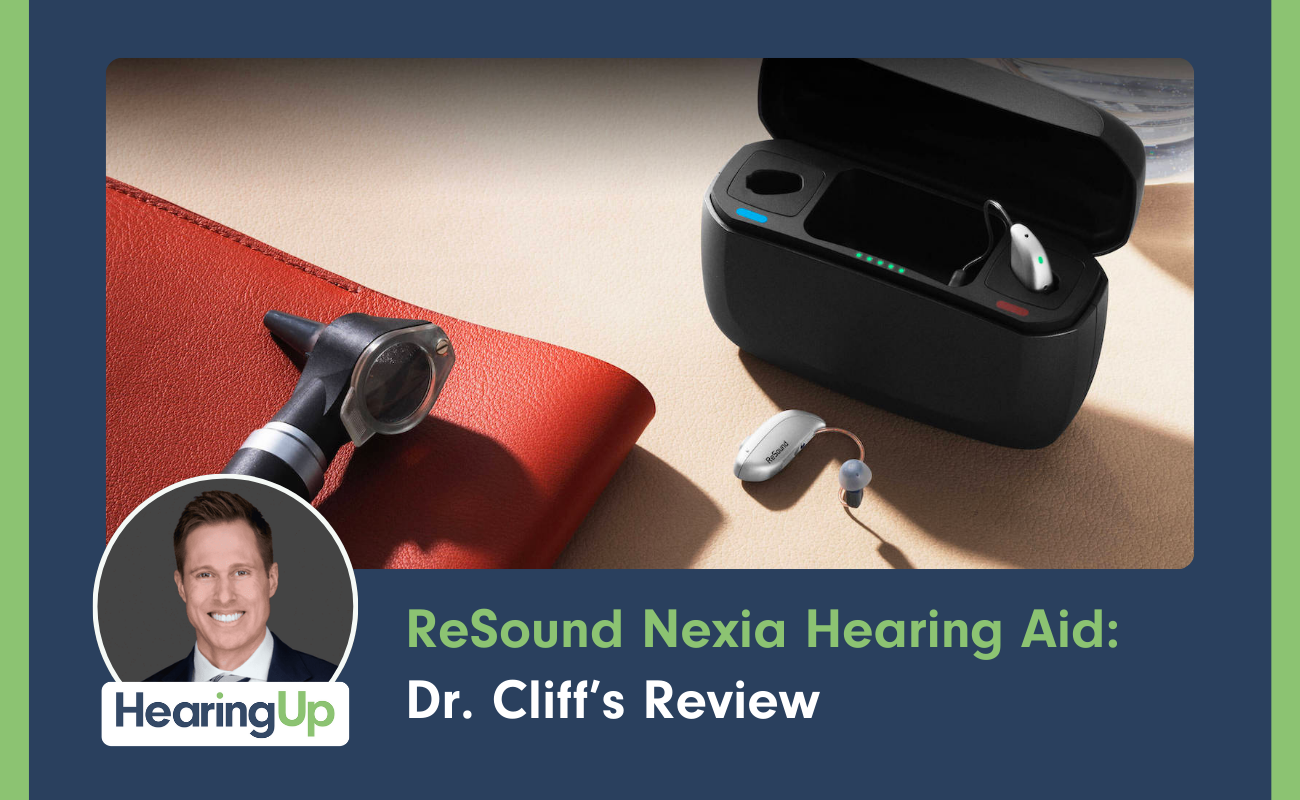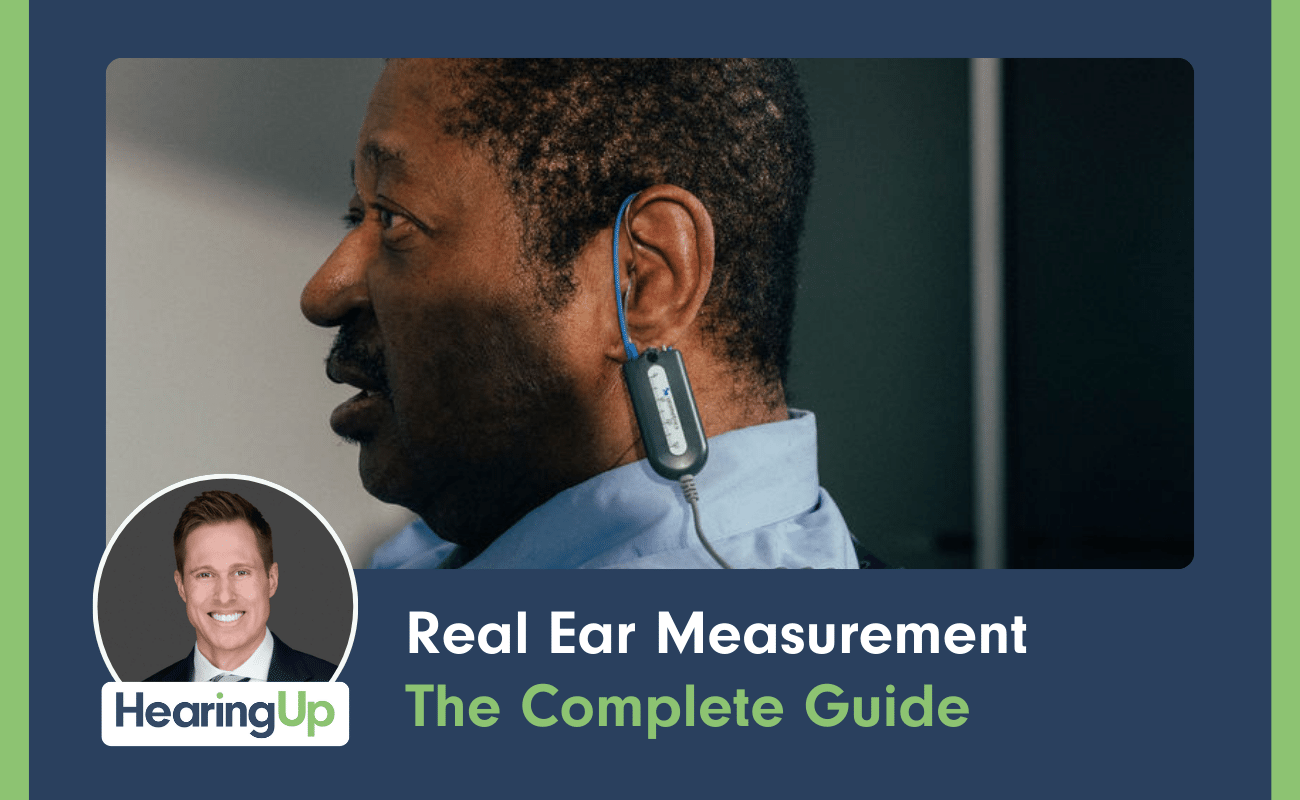There is nothing more frustrating than going about your day-to-day activities, when suddenly you notice that your hearing aids are not functioning properly. You may feel as though your hearing aids are weak, or muffled, or even sound like sizzling bacon. Each of these challenges has a solution, and I will walk you through each of them so you may attempt to fix them at home. Remember, each manufacturer’s hearing aids are built slightly different, so if you struggle to troubleshoot at home, you will need to contact your audiologist.
“My hearing aids sound more quiet than usual!” or “My devices have no sound!”
There are a number of things than can cause your hearing aids to sound too quiet. The first thing I recommend all patients do is, if you have battery operated devices, change your battery! This may not apply to you if you have rechargeable devices, but it is a good idea to be sure they are, in fact, charged. The first thing your audiologist will check are your wax guards. These small, white filters on the tip of the hearing aid can become blocked with ear wax or other debris from inside the ear canal. Before driving to your audiologist’s office, see if you can replace it on your own. However, before I explain how to change these small wax guards, it is important to note that each manufacturer uses a slightly different type of wax guard, and it is important to ensure you are utilizing the proper ones for your devices.
Custom Acrylic Earmolds and In-the-Ear Hearing Aids:
Generally, a hearing aid that has all components inside the ears (an ITE device) will have a small, white wax guard at the tip of the device. If you have a hearing aid that has a component behind the ear as well as a custom acrylic earmold, these next steps apply to your device as well.
- Take out a new wax guard from the package. You will notice that one side of the applicator has a new guard on one end and another end that is empty.
- Use the empty side to remove the old wax guard by placing the applicator straight into the opening, and then pull the applicator straight out.
- Turn the applicator around so you have the new wax guard ready.
- Place the new wax guard straight into the opening on the hearing aid and then pull the applicator straight out. The new wax guard will be left in place by the applicator.
Receiver-in-Canal Devices with Non-Custom Domes:
If you have a hearing aid that has a component that goes behind the ear, but it is not coupled to a custom-molded earpiece, these next steps will aid you in removing and replacing your wax guard.
- Remove the rubber dome from the end of the receiver wire.
- Take out a new applicator from the package.
- Utilize the empty side of the applicator to remove the old wax guard by placing the applicator straight into the wax guard, then pull it straight out. You will notice the old wax guard has been removed
- Turn the applicator around to insert the new wax guard. Then remove the applicator by pulling straight out.
- Place the dome back on the receiver.
If you have been fit with a Phonak hearing aid that uses the black, round disk as an applicator, the process is only slightly different.
- Turn the disk clockwise until you visualize the new, white wax guard in the “2” slot at the bottom of the disk. You will notice there is a trash can and a “1” on the top of the disk which will have an empty slot.
- Place the tip of the receiver straight into the “1” slot until you feel it click lightly into place.
- Remove the receiver from the disk by pulling straight out. You will see the old wax guard has settled into the “trash.”
- Place the receiver straight into the “2” compartment until it lightly clicks into place, then pull it straight out. You will see the new wax guard is securely in place and you may place the dome back on the receiver.
After replacing the wax guard, if you still feel as though your hearing aids are not as loud as they should be, you may need to clean out the microphones of your hearing aids. To do this, you will need the small brush that came with your devices or a soft toothbrush.
- Locate the microphone ports of your devices. These are typically located on the back of the hearing aid near the push button(s). On a behind the ear style, the microphone ports are located above the push button and one below the push button. On an in-the-ear style, you may see two ports on the faceplate near the battery door, however some ITE devices may have microphones that are not visible, and you should contact your audiologist for inspection.
- Use the brush to gently clear the microphone ports of your devices.
Once cleared, if the hearing aid still does not sound as loud as expected, contact your audiologist for an appointment so they may inspect the device and determine if further repair is required.
“I hear bacon sizzling!”
Static in the hearing aid is often a sign that one of two things are happening: The receiver wire has broken or the microphones have broken. There is a simple test to see which component is the culprit.
- Turn your hearing aids off.
- Restart the hearing aids and listen for the startup jingle.
- If the static begins once the startup jingle begins, it is likely a receiver issue.
- If the startup jingle rings clearly, and the static begins once the jingle ends, that is likely to be a microphone issue.
In the event of static, you will need to make an appointment with your audiologist to address the issue. If the receiver wire needs replacing, most providers will be able to replace it in-office. However, a malfunction of the microphone will require the device be sent to the manufacturer for repair.
“My hearing aids keep squealing!”
Feedback is a common occurrence from patients that is usually easily addressed. First, occasional feedback is not uncommon, especially if you have non-custom domes, and it may only occur in specific conditions. For example, when you are seated with your ear close to a hard surface or when you lean in to hug a friend or family member. This creates momentary feedback which ends when you remove yourself from the situation. However, if you’re continuing to notice squealing from your hearing aids, it may be caused by one of the following:
- Clogged wax guard. To learn to change the wax guard, see the first section of this post.
- Wax buildup in the ear canal. When the sound from the hearing aid hits a wall of wax, no matter how small, the sound will bounce out of the ear canal and can be reamplified by the microphones. Be sure to schedule with your provider to have a look inside your ears.
- Internal or mechanical feedback. These two types of feedback happen when internal components in the hearing aids are not functioning properly. Sometimes you’ll even be able to shake the hearing aid slightly and hear the internal components move around. If this is the case, your hearing care provider will need to send the device in for repair. But don’t worry! Many practices will have loaner devices on standby so you don’t have to be without sound!
This is certainly not an exhaustive list of challenges you may have with your hearing aids, and if you try any of these troubleshooting tips on your own and are still having difficulty, please contact your hearing care provider. Our number one goal is to help you hear your best and we never want you to be without sound.
Dr. Cliff's Pros and Cons for









.png)